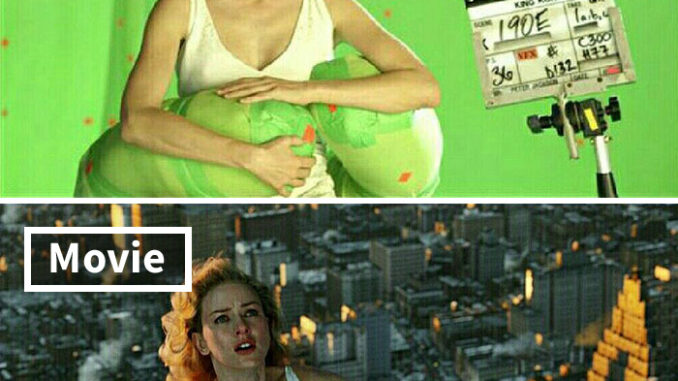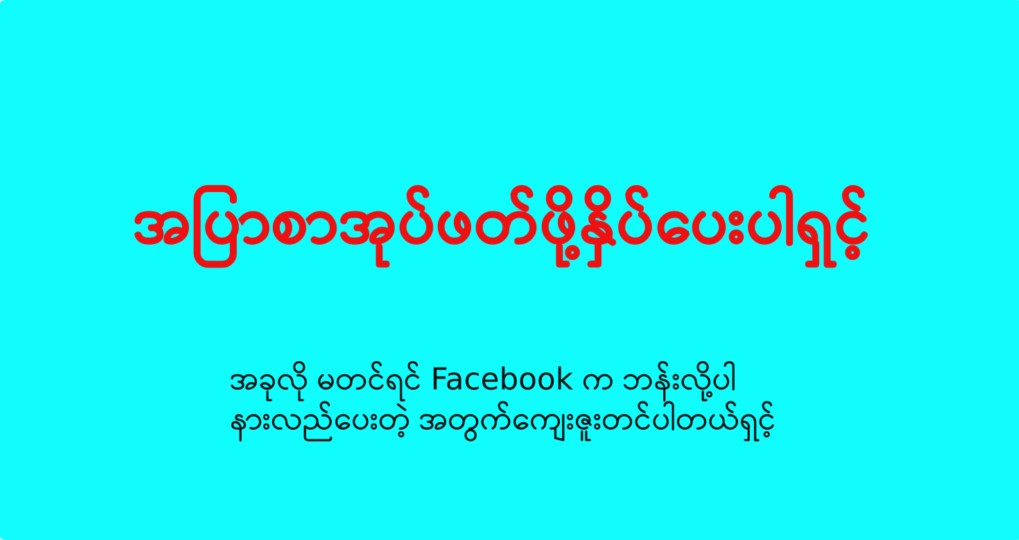

The world of Hollywood has always fascinated audiences with its larger-than-life storytelling and spectacular visuals. But behind every breathtaking scene, there’s a team of experts working tirelessly to create the magic that brings films to life. Special effects (SFX) are at the heart of this process, transforming the way we experience cinema. In this post, we’ll dive into the world of special effects and explore how they’re shaping the future of filmmaking.
What Are Special Effects?
Special effects refer to techniques used in movies and television shows to create illusions or visual tricks that would be impossible or difficult to capture on camera. These effects can range from computer-generated imagery (CGI) to practical effects, like makeup and prosthetics. Special effects allow filmmakers to bring imaginative worlds, creatures, and action sequences to life in ways that were once beyond the reach of conventional filmmaking.
The Evolution of Special Effects in Hollywood
The Early Days: Practical Effects
In the early days of cinema, special effects were primarily achieved using practical methods. These included techniques such as miniatures, pyrotechnics, and optical illusions. Films like King Kong (1933) relied heavily on stop-motion animation and model work to create giant creatures and elaborate scenes.
The Rise of Computer-Generated Imagery (CGI)
In the 1990s, CGI revolutionized the film industry. Movies like Jurassic Park (1993) and Terminator 2: Judgment Day (1991) showcased the power of computer-generated effects to create realistic dinosaurs, robots, and environments. CGI allowed filmmakers to push the boundaries of their imagination, enabling the creation of entirely new worlds, characters, and creatures.
Modern-Day Special Effects
Today, special effects have become more advanced than ever, with the rise of photorealistic CGI and motion capture technology. Movies like Avatar (2009) and The Avengers (2012) have raised the bar for what’s possible in terms of visual effects. Now, filmmakers use a combination of CGI, motion capture, and practical effects to create immersive, lifelike experiences.
How Special Effects Are Changing Cinema
1. Enhancing Storytelling
Special effects play a crucial role in enhancing storytelling by allowing filmmakers to create fantastical worlds and characters that would be impossible to realize with traditional methods. From the magical creatures in Harry Potter to the epic space battles in Star Wars, special effects allow for the creation of environments and situations that captivate audiences and push the boundaries of imagination.
2. Creating Realistic Worlds
With advancements in CGI, filmmakers can now craft highly detailed and realistic worlds that look almost indistinguishable from reality. Whether it’s the stunning landscapes of Avatar’s Pandora or the futuristic cities in Blade Runner 2049, special effects bring incredible worlds to life, making them feel tangible and real.
3. Expanding Genre Possibilities
Special effects have allowed filmmakers to explore genres that were once limited by practical constraints. Science fiction, fantasy, and superhero films, in particular, have benefitted from this, allowing audiences to enjoy visually spectacular experiences that were previously unimaginable. The special effects in movies like The Matrix (1999) or Inception (2010) have pushed the boundaries of what films can achieve, creating entirely new experiences for audiences.
4. Enhancing Action Sequences
One of the most exciting applications of special effects is in action sequences. Explosions, car chases, and fight scenes can all be enhanced with CGI, making them more thrilling and visually impressive. By combining practical stunts with digital effects, filmmakers can create heart-pounding sequences that leave audiences on the edge of their seats.
The Role of Motion Capture in Modern Filmmaking
Motion capture (mo-cap) technology has become one of the most important tools in modern special effects. It allows filmmakers to capture an actor’s movements and translate them into digital characters. This technology was first popularized by movies like The Lord of the Rings (2001), where actor Andy Serkis portrayed Gollum. Today, mo-cap is used in many films, including Avatar and the Planet of the Apes series, to create lifelike digital performances that are indistinguishable from real actors.
The Impact of Special Effects on Film Production
Cost and Time Considerations
While the advances in special effects have revolutionized filmmaking, they come at a cost. High-quality CGI, motion capture, and other digital effects require significant resources, both in terms of time and money. The post-production process can take months, and studios must allocate large budgets to ensure the effects are up to par.
A New Era of Collaboration
Special effects have also fostered a new era of collaboration in the filmmaking process. Visual effects teams, animators, and directors now work more closely together than ever before, blending traditional filmmaking techniques with cutting-edge technology to create seamless, high-impact films.
The Future of Special Effects in Hollywood
As technology continues to evolve, special effects are only going to get more impressive. Virtual reality (VR), augmented reality (AR), and artificial intelligence (AI) are already starting to play a role in filmmaking, and they’re expected to have an even greater influence in the years to come. With the rise of these technologies, filmmakers will have even more tools at their disposal to push the boundaries of creativity.
Conclusion
Special effects have undoubtedly changed the landscape of Hollywood cinema, providing filmmakers with endless possibilities to bring their visions to life. From enhancing storytelling to creating jaw-dropping action sequences, special effects have transformed the way we experience films. As technology continues to advance, we can only imagine how special effects will shape the future of cinema, taking us to places we’ve never been before and immersing us in stories like never before.

Leave a Reply